
Formosa’s HRC pricing change opens up index options
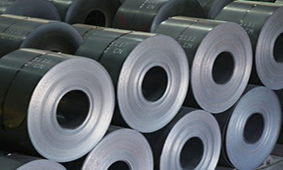
The Argus Asean hot-rolled coil (HRC) index was $470/t cfr Vietnam in early March when Formosa held initial talks for May offers. By the time June shipments emerged in early April, the spot index had plunged by $86/t to $384/t cfr.
Vietnam's steel market is the main battleground for seaborne coil trade, generating the kind of price volatility that makes bilateral negotiations difficult. Formosa typically collects information for weeks prior to it announcing offers, according to market participants. They are grounded in the context of export offers from large-scale northeast Asian rivals such as China, Japan, South Korea and Taiwan. The Covid-19 outbreak has created unstable demand not just throughout Asia but also internationally. Sellers usually exercise discipline in offer levels. But this year with such a slump in demand across so many countries and steel supplies remaining hugely fragmented, the market has become more disorderly than usual.
Fierce international competition and downstream demand uncertainty has made a consensus market view impossible. Vietnam's largest steel producer is now engaged in widespread bilateral negotiations for the first time since it fired up its blast furnaces. It sent customers offers between $410-420/t cif Vietnam across SAE grades for June, down from a list price of $470/t cif for May.
The manner of the market's recovery also adds to the confusion. Varied coronavirus-transmission slowdown rates means the return of demand is occurring at different speeds. Recent purchasing mangers' indexes show China's industrial activity rebounding, providing fob price support. Demand elsewhere remains severely depressed, raising rapid sale deal volumes and pressuring cfr prices. Around 140,000t of HRC from Russian mills and 120,000t of HRC from Indian mills sold into Vietnam from the end of March to early April, according to Argus data.
This resulted in a rare inversion of index prices, with China's fob HRC prices moving above cfr Vietnam. This should not occur because the Asean index prices a thinner, higher quality SAE1006 grade compared with the fob China SS400 grade, while freight costs also have to be factored in. But the same distress was also evident during October-November last year. Steep spot market discounts then pressured Formosa to give unofficial discounts for December and January shipments to customers, before the northeast Asian (fob China) and south Asian (cfr Vietnam) indexes returned to their normal pattern.
This poses a problem for would-be indexers. Recent periods underscore the need for more flexible pricing options during upturns and downturns. Only having an option of fixed price sales is a weakness for the market and bilateral negotiation is inefficient.
While 90pc of the time the Vietnamese import HRC pricing most closely follows fob China prices, 10pc of the time cfr is weaker than fob. Domestic Vietnamese HRC markets most closely resemble a northeast Asian price, but occasionally some market distress forces Vietnam's market lower as a result of its zero tariff status.
Argus' composite price ImpEx is an average of the fob China and cfr Vietnam prices with two years of data. Over the past 365 days the differential between the fob China and cfr Vietnam averaged just $4.45/t.
Using any index allows users to transact by either a fixed or floating basis. But by combining northeast and south Asia's key steel hubs, ImpEx avoids the highs and lows of each market during extreme events. By incorporating the fob China price it also allows users access to the LME futures contract, which an increasing number of firms in Vietnam are using to hedge.


Gold price edges up as market awaits Fed minutes, Powell speech

Glencore trader who led ill-fated battery recycling push to exit

Emirates Global Aluminium unit to exit Guinea after mine seized
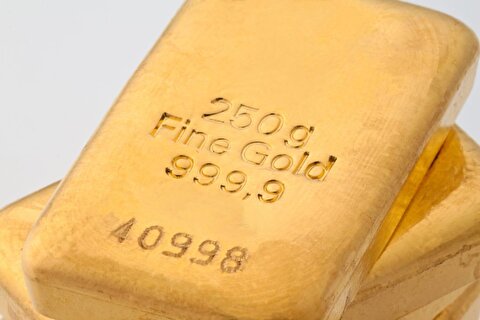
UBS lifts 2026 gold forecasts on US macro risks

Iron ore price dips on China blast furnace cuts, US trade restrictions

Roshel, Swebor partner to produce ballistic-grade steel in Canada
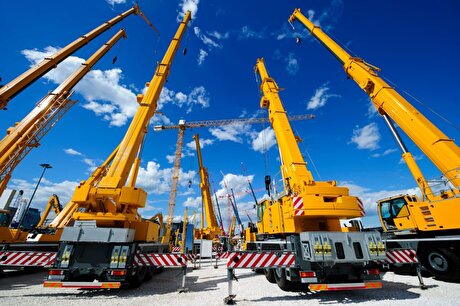
US hikes steel, aluminum tariffs on imported wind turbines, cranes, railcars

EverMetal launches US-based critical metals recycling platform

Afghanistan says China seeks its participation in Belt and Road Initiative

First Quantum drops plan to sell stakes in Zambia copper mines
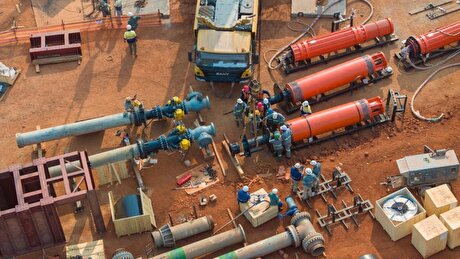
Ivanhoe advances Kamoa dewatering plan, plans forecasts
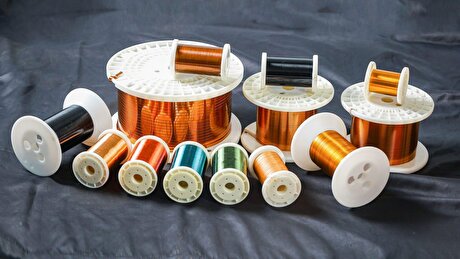
Texas factory gives Chinese copper firm an edge in tariff war
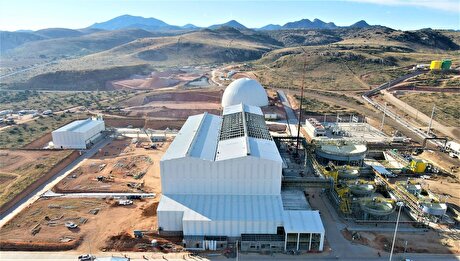
Pan American locks in $2.1B takeover of MAG Silver

Iron ore prices hit one-week high after fatal incident halts Rio Tinto’s Simandou project

US adds copper, potash, silicon in critical minerals list shake-up

Barrick’s Reko Diq in line for $410M ADB backing

Gold price gains 1% as Powell gives dovish signal

Electra converts debt, launches $30M raise to jumpstart stalled cobalt refinery
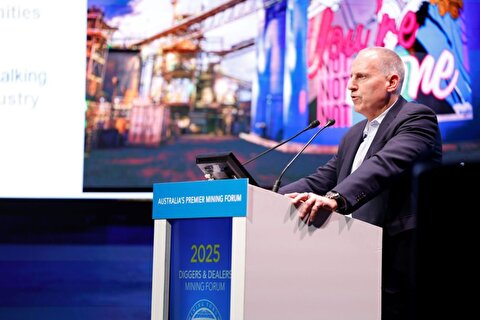
Gold boom drives rising costs for Aussie producers

First Quantum drops plan to sell stakes in Zambia copper mines

Ivanhoe advances Kamoa dewatering plan, plans forecasts

Texas factory gives Chinese copper firm an edge in tariff war

Pan American locks in $2.1B takeover of MAG Silver

Iron ore prices hit one-week high after fatal incident halts Rio Tinto’s Simandou project

US adds copper, potash, silicon in critical minerals list shake-up

Barrick’s Reko Diq in line for $410M ADB backing

Gold price gains 1% as Powell gives dovish signal

Electra converts debt, launches $30M raise to jumpstart stalled cobalt refinery

















